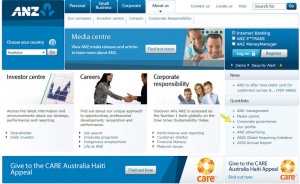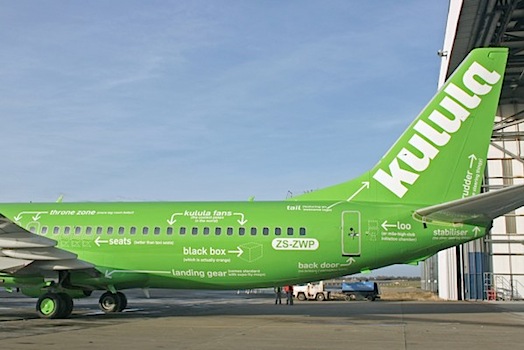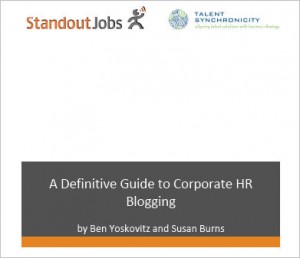The February 28th edition of CBS’s popular Sunday Morning show led with a profile of SAS, the top shop in this year’s Fortune 100 Best Companies to Work For. But the title of the story wasn’t “Workers in Paradise”—it was: “The Great American Paycheck Squeeze.”
Fortune explains the choice for first place:
SAS boasts a laundry list of benefits — high-quality [onsite] child care at $410 a month, 90% coverage of the health insurance premium, unlimited sick days, a medical center staffed by four physicians and 10 nurse practitioners (at no cost to employees), a free 66,000-square-foot fitness center and natatorium, a lending library, and a summer camp for children.
There’s more about the culture (based on “trust between our employees and the company”), the continuity of leadership, the profitability of the company, and so on. But the big deal is obviously the Edenic workplace, which also boasts 40 miles of running trails, a hair salon, three subsidized cafeterias, an onsite massage therapist (of course), and an artist-in-residence program.
So what could possibly be wrong with this picture?
As the Sunday Morning story observes: “The reality is, for more and more Americans in these recessionary times, SAS might as well be Disney World.”
There’s an inherent discontinuity in the list between what we might call the “campus” companies, where life is made easy for employees (Intel, Intuit, Genentech, Qualcomm, the list goes on) and the “shirt sleeve” companies, where employees are offered emotional reward in lieu of creature comforts. Stew Leonard’s, Build-a-Bear Workshop, Umpqua Bank and a few others compete mainly on charm—fun at work, family feeling, respect for and from management—plus health care benefits, with few other tangible perks.
There’s also a discontinuity between companies where many people might work and those where few need apply. SAS actually did grow jobs last year, by a modest 2%. But the people they hire are for the most part already selected out of the general population by high skill levels. And many of the more applicant-accessible companies on the list had negative job growth, ranging from -2% to more than -20%. Across the board, from FedEx to Zappos, CarMax to Men’s Wearhouse, the job news for non-geniuses was not good.
So who grew? Biggest increases were at the Scooter Store (up 51%) and Smucker’s (up 44%). The “why” at Scooter Store seems obvious, given the aging population and the general decline in fitness. As for Smucker’s . . . well, sales have increased 58% since their acquisition of Folger’s in 2008, so effectively they bought a bunch of new jobs. And coffee has turned out to be a great space for expansion, since decreases in disposable income have driven coffee drinkers to brew at home. On the flip side, job growth at Starbucks was -27%.
More analysis, and some lessons from the list, in Part 2.

 The Playboy brand is one of the most recognized brands in the world, and since it debuted over half a century ago, one man has championed and protected that brand — Hugh Hefner. In fact, Hefner believed so whole-heartedly in the brand promise that Playboy offered to consumers that he intentionally became the physical embodiment of the Playboy brand. He reinvented his own image multiple times in order to live the Playboy brand promise, and consumers believed him.
The Playboy brand is one of the most recognized brands in the world, and since it debuted over half a century ago, one man has championed and protected that brand — Hugh Hefner. In fact, Hefner believed so whole-heartedly in the brand promise that Playboy offered to consumers that he intentionally became the physical embodiment of the Playboy brand. He reinvented his own image multiple times in order to live the Playboy brand promise, and consumers believed him.






